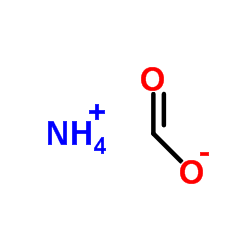| Structure | Name/CAS No. | Articles |
|---|---|---|
 |
Formic acid ammonium salt
CAS:540-69-2 |
|
 |
Harmane
CAS:486-84-0 |